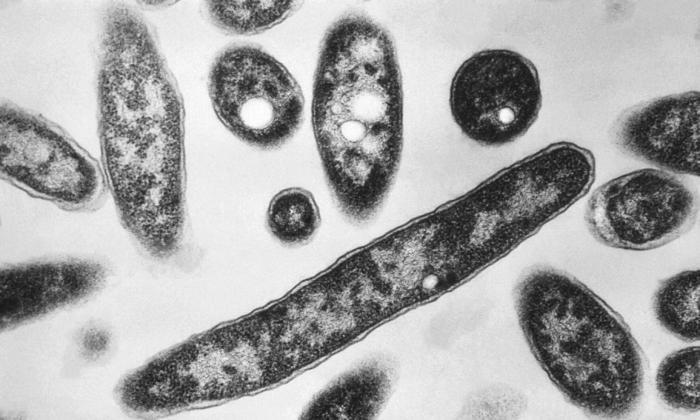Victorian health authorities have confirmed that Legionnaires’ disease has spread to at least 100 people in the state.
The Victorian Department of Health noted there had been a “significant increase” in cases across metropolitan Melbourne in the past week.
The majority of those who have contracted the disease have been sent to hospital, with a “number of admissions” in intensive care with severe pneumonia.
“All cases have visited or reside in metropolitan Melbourne.”
Legionnaires’ disease is a lung infection that is caused by the bacteria Legionella. This bacteria can be found in lakes, creeks, and hot springs, along with artificial systems like cooling towers, plumbing systems, hot water tanks, and heaters.
In this case, Victorian authorities have identified a cooling tower in Melbourne’s west as the likely source of the disease.
Chief Health Officer Dr. Clare Looker said Legionella bacteria was found in a sample from the cooling tower on Aug. 5
So far, two people have died of Legionnaires’ disease, including a woman in her 90s and a man in his 60s.
The Victorian Department of Health regards Legionnaires’ disease as an “urgent notifiable condition,” meaning doctors and pathology services are required to immediately notify any detected cases to authorities.
In metropolitan Melbourne, health authorities have reported a “significant increase” in case numbers since July 26, 2024.
Victorian authorities regard those aged over 40 years, smokers, and individuals with chronic lung disease, or weakened immune systems to be at higher risk of infection.
Underlying health conditions including chronic heart, liver, kidney disease, and diabetes are also risk factors.
Less common symptoms can include nausea, confusion, vomiting, diarrhea, and in some cases, impairment of the kidney.
“Legionnaires’ disease is spread by breathing in fine droplets of water that contain Legionella bacteria. It is not commonly spread from person-to-person or by drinking contaminated water,” the health department said.
Cooling tower operators in Metropolitan Melbourne have been advised to make sure they have complied with cooling tower testing, servicing, and auditing.
Doctors have been advised to request “urgent urinary antigen testing” if Legionnaires’ disease is suspected.
“As a priority, order Legionella culture and PCR on sputum or other respiratory fluid samples. Serology can be requested on blood at symptom onset and 3 to 6 weeks later,” doctors are advised.
1 in 10 Will Die: CDC
In the U.S., the Centers for Disease Control and Prevention (CDC) says that 10 percent who fall ill with the disease will die due to complications from their illness.“Healthy people usually get better after being sick with Legionnaires’ disease, but they often need care in a hospital.”
Legionella bacteria was first identified in 1976 during an outbreak at an American Legion convention in Philadelphia, Pennsylvania, where 221 people became ill and 34 died.
NSW Health concurs with the CDC that 10 percent of those who fall sick with Legionnaires’ disease are at risk of dying.






